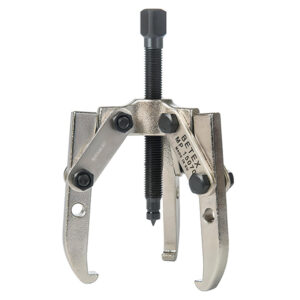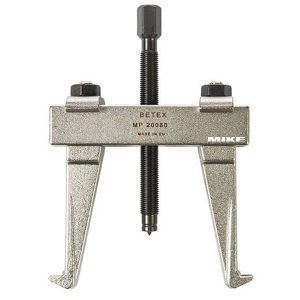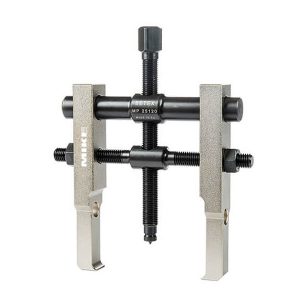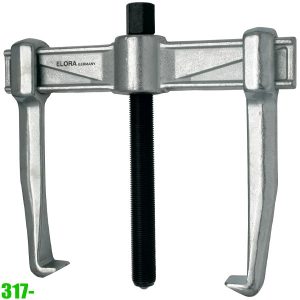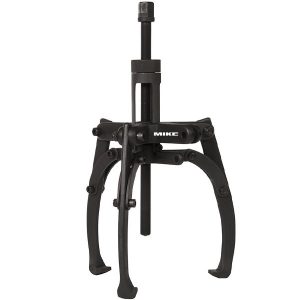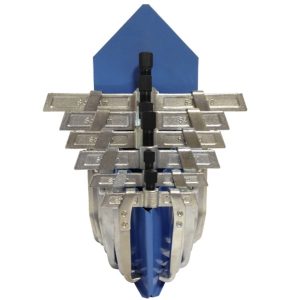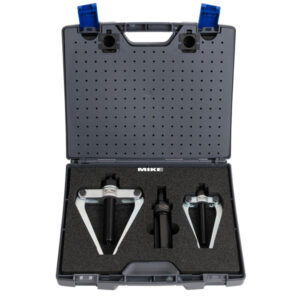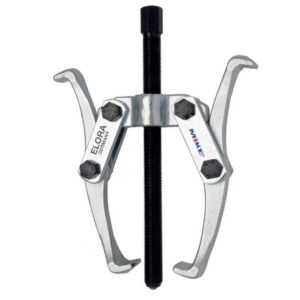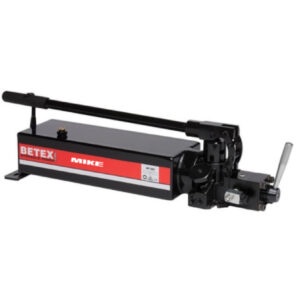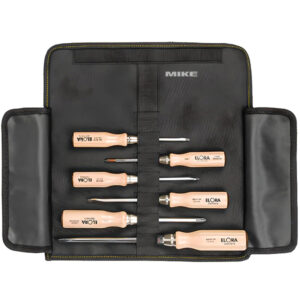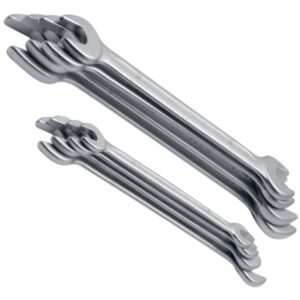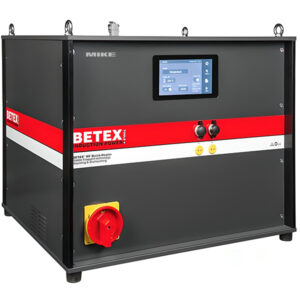Manual pullers are indispensable tools in mechanical workshops and maintenance areas, especially for dismounting bearings, gears, pulleys, and various other components from shafts. These devices are designed for precision, safety, and ease of use, making them a go-to solution for mechanics and technicians.
The primary function of a manual puller is to remove tightly fitted parts from shafts or housings without causing damage to either the component or the shaft. This is particularly crucial in scenarios where bearings, gears, or pulleys are to be reused or inspected. The puller works by applying a controlled, even force, which is essential to prevent warping or distortion of the parts.
Operating a manual puller requires a basic understanding of its components and their functions. The tool typically consists of a central spindle, which is threaded and attached to a crossbar with legs or arms that can be adjusted to fit around the component needing removal. As the technician turns the spindle using a handle or a wrench, the arms gradually converge upon the center of the component, exerting an even pull.
One of the significant advantages of manual pullers is their adaptability. They come in various sizes and designs, such as two-arm or three-arm pullers, to accommodate different sizes and types of components. Some pullers are even equipped with fine adjustment capabilities for precise operation.
Safety is a key consideration when using manual pullers. Technicians must ensure that the puller’s arms are securely attached to the component and that the force is applied steadily. Uneven force or misalignment can lead to slippage or breakage, posing a risk of injury.
Manual pullers are vital tools in the mechanical field for the safe and effective removal of bearings, gears, pulleys, and other components from shafts. Their ability to apply controlled force precisely and evenly makes them an essential part of equipment maintenance and repair processes.
The technical differences between 3-jaw pullers and 2-jaw pullers mainly lie in the number and arrangement of the jaws, which in turn affects how they are used for removing mechanical components:
- Number of Jaws:
- 3-Jaw Pullers: These pullers have three jaws, which provide a more symmetrical and balanced grip on the part being removed. This symmetry is especially beneficial when working with components that need to be pulled out straight to avoid damage or warping.
- 2-Jaw Pullers: These pullers have two jaws and are often used in situations where space constraints prevent the use of a 3-jaw puller. They can be more versatile in tight spaces but may not provide as balanced a pull as the 3-jaw variant.
- Grip and Stability:
- The 3-jaw puller, with its triangular jaw configuration, offers a more stable and even grip around the circumference of the component. This reduces the risk of damaging the part due to uneven force application.
- The 2-jaw puller, while flexible in tight spaces, may not distribute the pulling force as evenly as the 3-jaw puller, potentially leading to an increased risk of slippage or damage if not aligned properly.
- Applications:
- 3-Jaw Pullers: Ideal for removing parts that are more centrally located and require an evenly distributed force. They are commonly used for gears, bearings, and similar components where a straight pull is crucial.
- 2-Jaw Pullers: Better suited for jobs where the component is in an awkward position or where space is limited. They are also useful when working on parts that are not as susceptible to damage from uneven force.
- Flexibility and Adjustability:
- Both types of pullers usually offer adjustability in terms of jaw spread and reach, but the specific design of the jaws in 2-jaw pullers might offer more flexibility in certain situations.
The choice between a 3-jaw and a 2-jaw puller largely depends on the specific requirements of the task at hand, including the component’s location, size, and sensitivity to force application. Understanding these differences helps technicians and mechanics choose the right tool for each job, ensuring efficiency and minimizing the risk of damage.
Manual Pullers
Showing all 8 results

